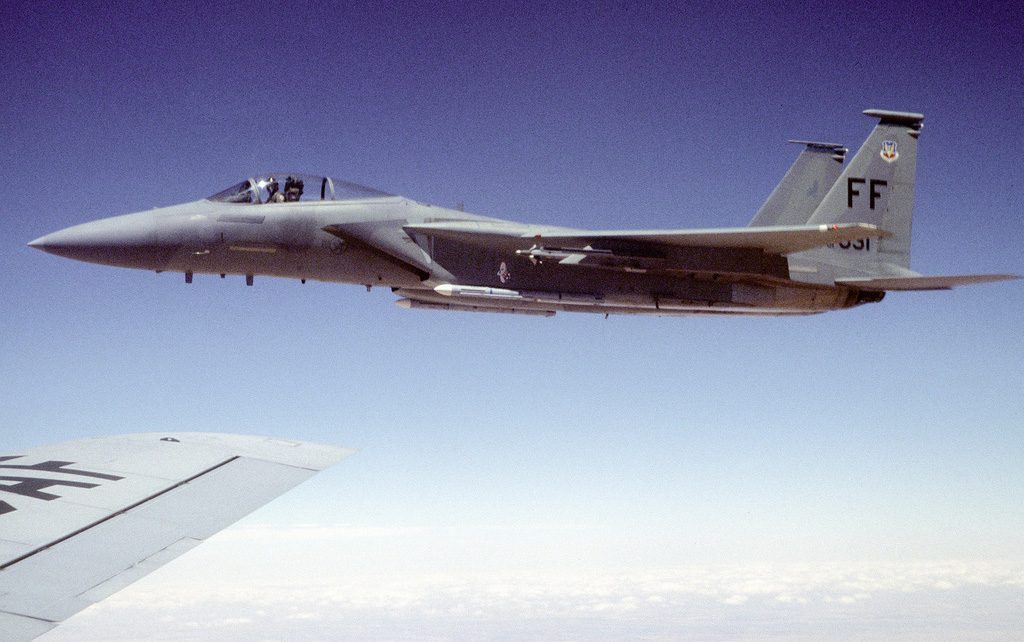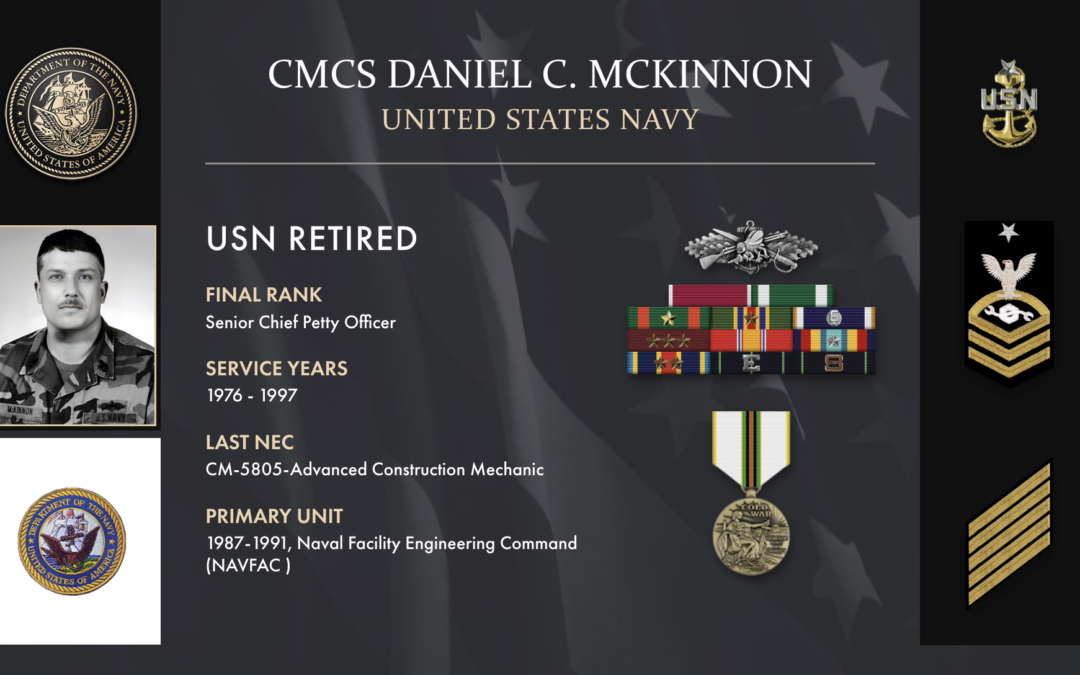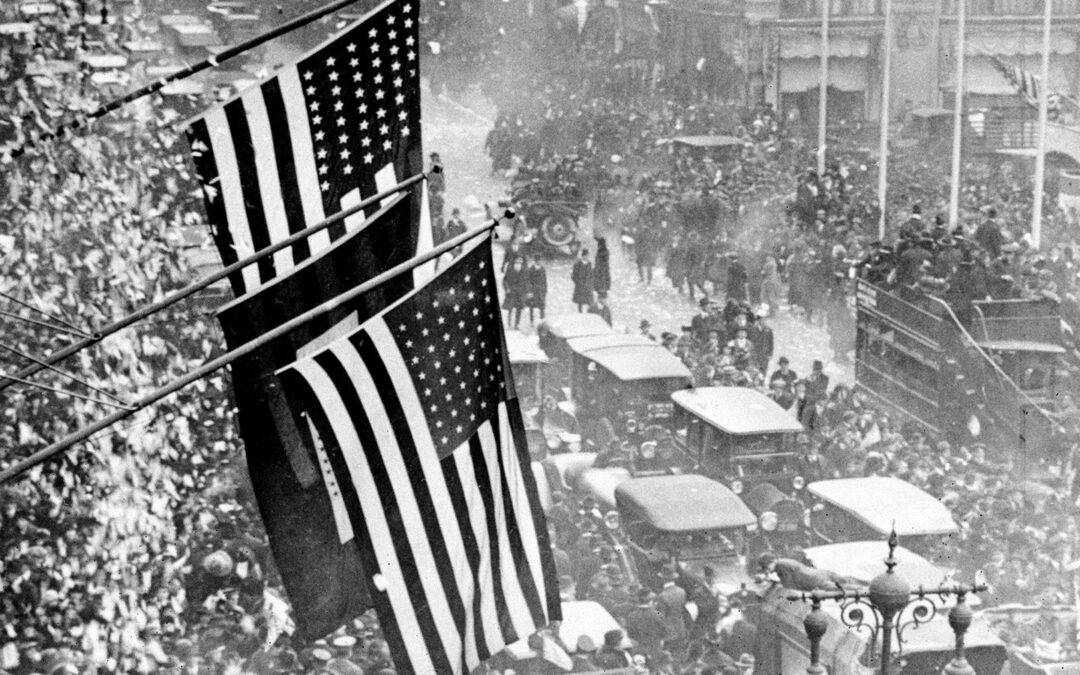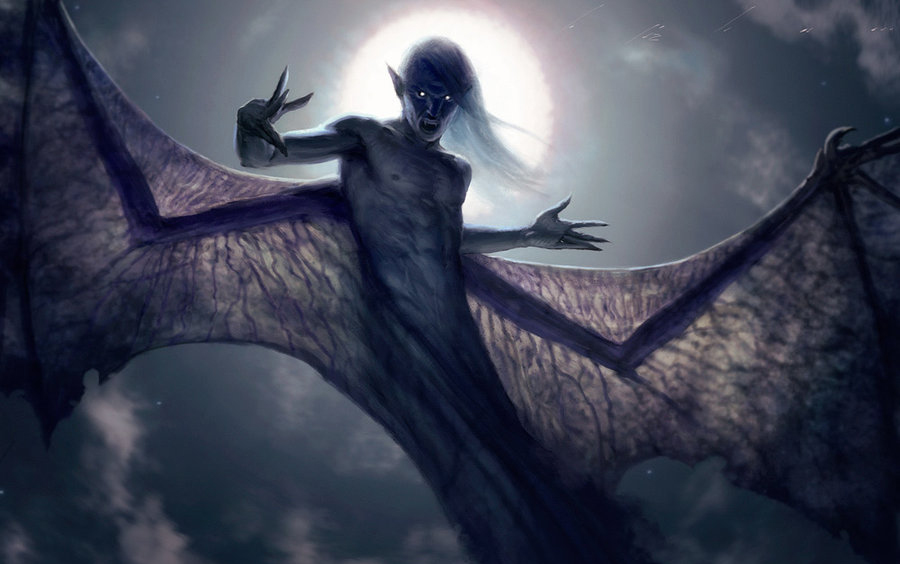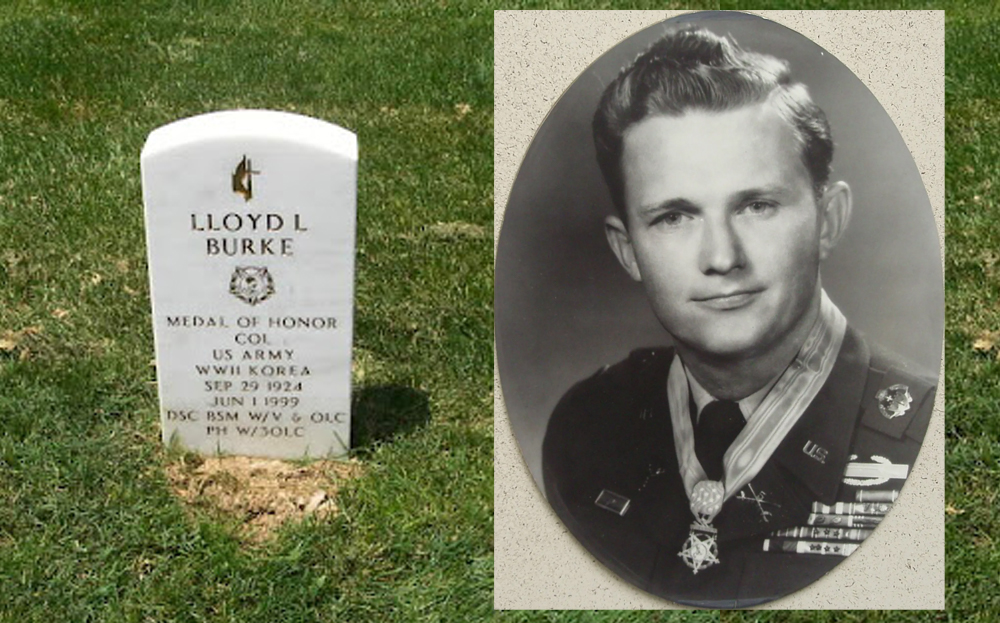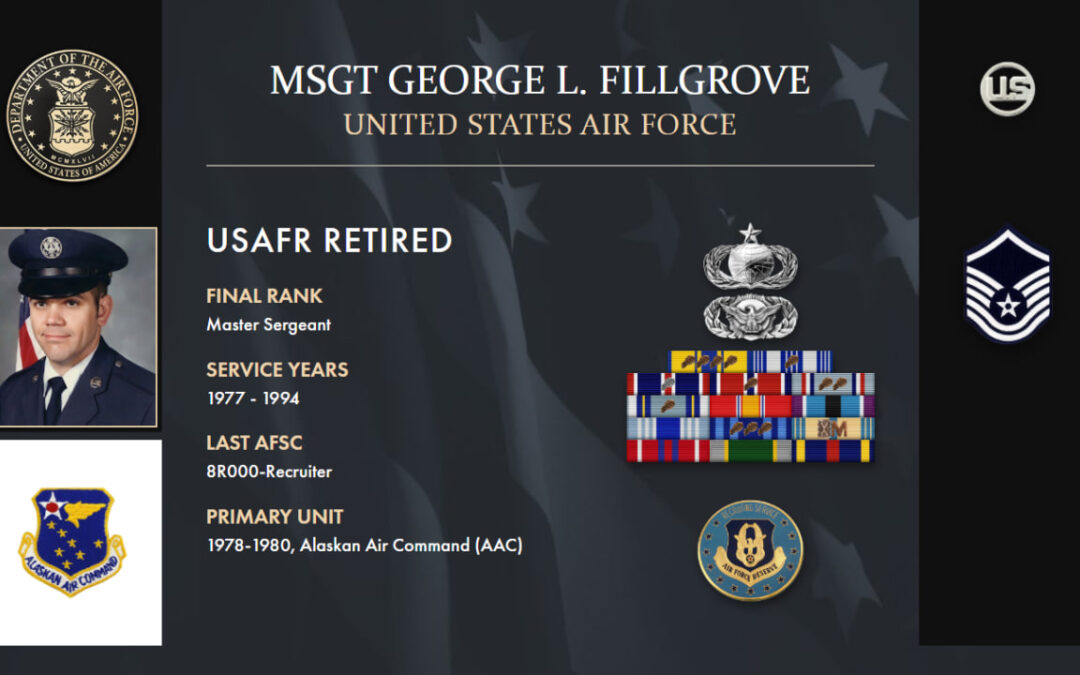"Courage is doing what you're afraid to do. There can be no courage unless you're scared."Eddie Rickenbacker, Major, USAAS The 94th Fighter Squadron is a unit of the United States Air Force 1st Operations Group located at Joint Base Langley-Eustis, Virginia. The 94th’s primary weapon system is the F-22 Raptor at this time. Throughout its full course and its precursor units, the 94th has been assigned to 70 different stations worldwide, and since its inception, has flown 43 different airframes....
